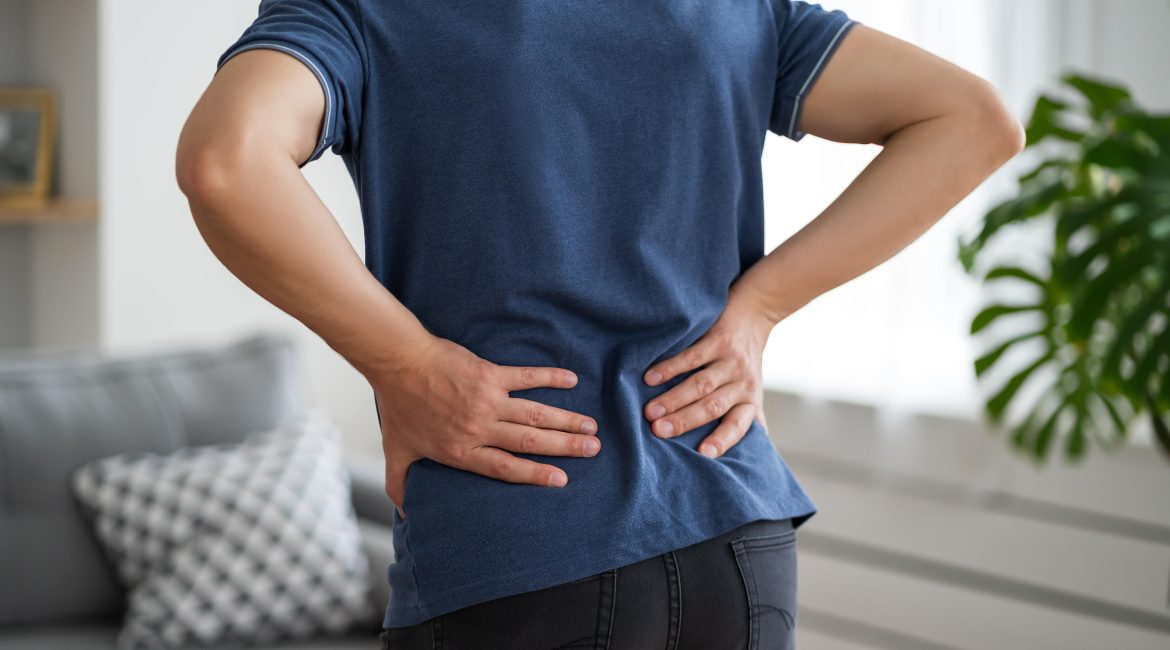We explain the most important kidney stone facts and break down the common symptoms linked to this painful condition
In this blog, we’re going to give you a simplified guide to kidney stones. This condition is more common than most people realise, and recognising the sign and symptoms early on can help ensure you get the treatment you need to avoid any unnecessary suffering.
Kidney Stone Facts Everyone Should Know
What are kidney stones?
Kidney stones are more commonly seen in men. They are hard collections of minerals and salt and tend to be made up of uric acid and calcium. The stones will vary in size.
Some of them are as small as a grain of sand and others might grow as big as a few centimetres, some stones can become incredibly large. Kidney stones form inside your kidney and can travel to other areas of your urinary tract.
Related: 7 Signs & Symptoms of Bladder Infection
Why do kidney stones form?
A kidney stone will form when a high amount of crystal-forming minerals accumulate in your urine. When you do not hydrate properly, your urine can become more concentrated and therefore contain higher levels of these minerals. When there are high levels of crystal-forming minerals in your urine, then there is an increased risk of kidney stones forming.
Small kidney stones often do not cause any symptoms and remain in your kidney. You will only start to notice any signs or symptoms when the stone moves into your ureter – this is the tube that your urine travels in to get from your kidneys to your bladder.
Common signs and symptoms of kidney stones
1. Pain in your belly, side, or back
The majority of people who suffer from kidney stones will tell you that this is one of the most painful experiences to go through. The pain will usually start when the kidney stone moves into the ureter, which will result in a blockage and cause pressure to build up in your kidney.
This pressure then activates your nerve fibres which transmit signals of pain to your brain. The pain from kidney stones will often start suddenly and may move as the stone moves. The larger the stone, the more pain you will experience.
2. Burning or pain when urinating
Another common symptom occurs when a stone reaches the joining between your ureter and bladder, which causes pain when you urinate. This pain will feel like a sharp, burning sensation.
If you have a kidney stone then you might feel as though you constantly need to urinate, meaning the stone has moved to your lower urinary tract. However, when you do urinate, you may feel as though your flow is blocked and can only urinate a small amount at a time. If you cannot urinate at all, then this is a medical emergency.
3. Blood in your urine
Blood can cause your urine to appear red, pink, or brown. You might not always be able to see the blood, but using a test, your doctor can pick it up. The blood is caused by the kidney stone moving through your urinary tract.
4. Smelly or cloudy urine
When you are healthy, your urine is clear (or a pale yellow) and does not smell. If your urine is smelly or cloudy, then this could be a sign of an infection which is linked to kidney stones.
5. Nausea and vomiting
Commons symptoms of someone with a kidney stone – nausea and vomiting are often due to the shared nerve connections between your gastrointestinal tract and your kidneys. This means that your kidney stones can trigger nerves in your GI tract and cause an upset tummy. These symptoms might also be your body’s way of responding to pain.
Discover: The facts you need on Irritable Bowel Syndrome (IBS)
6. Chills and fever
Infection is likely to cause chills and fever. Infection in your urinary tract or kidney is one of the more severe complications of kidney stones.
How are kidney stones diagnosed?
Your doctor may perform any of the below tests:
- Blood tests
- Urine testing
- CT scans
- Analysis of passed stones
What is the treatment for kidney stones?
Kidney stones tend to cause a lot of pain, so treatment will focus on symptom management and breaking up the stones or removing stones that cannot pass naturally. Most stones will pass on their own without the need for expert medical attention.
The most common procedure used to treat kidney stones is called Extracorporeal Shock Wave Lithotripsy (ESWL). This form of therapy makes use of high-energy shock waves to break down the kidney stones into tiny little pieces. These small pieces are then able to move through your urinary tract with ease and not cause as much pain.
If your stones are small, then drinking water and taking pain relievers or some prescribed medication such as muscle relaxants can help pass the stone.
What it comes down to
Reading these kidney stone facts has made you realise that you may have a kidney stone, then it’s advised that you go to your doctor to get it checked out. If you are not on medical aid, then why not have a look into health insurance? If you have health insurance with Oneplan, we even pay you BEFORE you see the doctor!
Your Health Insurance Family,
Oneplan




